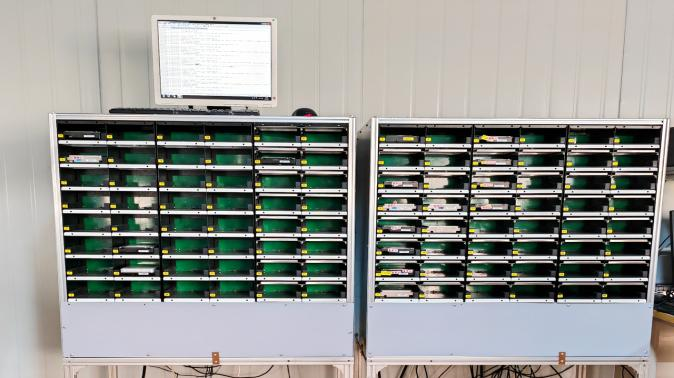Designing clothes is not merely about sketching pretty dresses or draping fabric; it is an intricate blend of creativity, technical skill, and an understanding of fashion history and trends. Whether you are an aspiring fashion designer or someone looking to enhance your wardrobe with unique pieces, learning how to design clothes can be a fulfilling journey. This article will delve into the multifaceted process of learning clothing design, providing you with practical steps, resources, and insights to help you navigate this vibrant field.
Understanding the Foundations of Fashion Design
Before diving into the practical aspects of clothing design, it is essential to grasp the foundational concepts that underpin the industry. Here are some key areas to focus on:
- Fashion History: Understanding the evolution of fashion can provide context for your designs. Study influential designers, iconic fashion movements, and the socio-cultural factors that have shaped clothing styles over the decades.
- Textiles and Materials: Familiarize yourself with different types of fabrics and materials. Knowing the properties of textiles—such as drape, weight, and texture—will inform your design choices and enhance your ability to create functional and aesthetically pleasing garments.
- Color Theory: Color plays a crucial role in fashion design. Learn about color palettes, the psychology of colors, and how to effectively combine hues to evoke emotions and convey messages through your designs.
Developing Technical Skills
Once you have a solid understanding of the theoretical aspects of fashion design, it’s time to hone your technical skills. Here are some practical steps to consider:
- Sketching and Illustration: Start by practicing your sketching skills. Fashion illustration is a vital tool for designers to communicate their ideas. Use various mediums, such as pencils, markers, or digital tools, to create your designs. Consider taking online courses or attending workshops to refine your illustration techniques.
- Pattern Making: Learning how to create patterns is essential for turning your designs into wearable garments. Familiarize yourself with pattern-making techniques, including flat pattern drafting and draping. Resources such as books, online tutorials, and classes can provide valuable insights into this skill.
- Sewing Techniques: A designer must understand the construction of garments. Invest time in learning sewing techniques, from basic stitches to advanced tailoring methods. Consider enrolling in sewing classes or using online platforms that offer step-by-step tutorials.
Gaining Practical Experience
Theory and technical skills are vital, but practical experience is where you truly learn the nuances of clothing design. Here are some ways to gain hands-on experience:
- Internships and Apprenticeships: Seek internships with established fashion designers or brands. This experience will expose you to the inner workings of the fashion industry, allowing you to learn from professionals and gain insights into the design process.
- Personal Projects: Start designing your own clothing line or individual pieces. This will not only help you apply what you’ve learned but also allow you to build a portfolio that showcases your unique style and capabilities.
- Fashion Competitions: Participate in fashion design competitions. These events can provide valuable feedback from industry experts and help you gain recognition for your work.
Building a Portfolio and Networking
A strong portfolio is crucial for any aspiring fashion designer. It serves as a visual resume that showcases your skills and creativity. Here are some tips for building an impressive portfolio:
- Diverse Range of Work: Include a variety of designs that demonstrate your versatility. Showcase different styles, techniques, and types of garments to appeal to a broader audience.
- Professional Presentation: Ensure your portfolio is well-organized and professionally presented. High-quality images, clear descriptions, and a cohesive layout will make a significant impact.
- Networking: Attend fashion events, workshops, and trade shows to connect with industry professionals. Networking can lead to collaborations, mentorship opportunities, and potential job offers.
Staying Updated with Trends
The fashion industry is ever-evolving, and staying updated with the latest trends is essential for any designer. Here are some strategies to keep your finger on the pulse of fashion:
- Follow Fashion Shows: Watch major fashion shows and follow designers on social media to see the latest collections and trends. Analyze the styles and techniques used by established designers to inspire your own work.
- Subscribe to Fashion Publications: Read fashion magazines, blogs, and journals to stay informed about industry news, emerging trends, and innovative design techniques.
- Join Online Communities: Engage with online forums and social media groups dedicated to fashion design. These platforms can provide support, inspiration, and valuable insights from fellow designers.
Conclusion
Learning how to design clothes is a multifaceted journey that requires dedication, creativity, and a willingness to learn. By understanding the foundations of fashion, developing technical skills, gaining practical experience, building a strong portfolio, and staying updated with trends, you can carve out a successful path in the world of fashion design. Embrace the process, remain open to feedback, and let your unique vision shine through your creations. With passion and perseverance, you can transform your dreams of becoming a clothing designer into reality.


